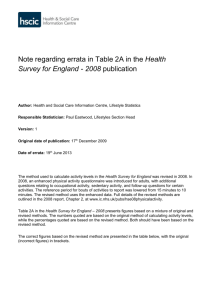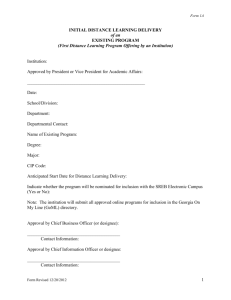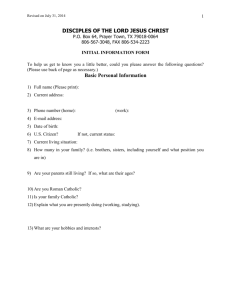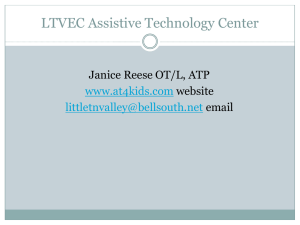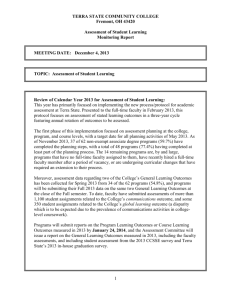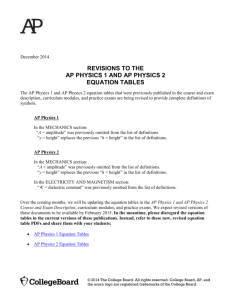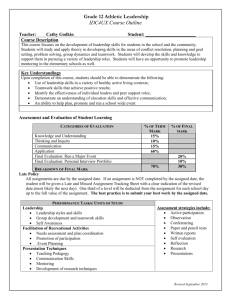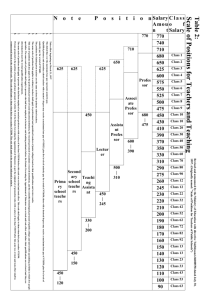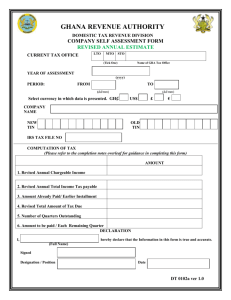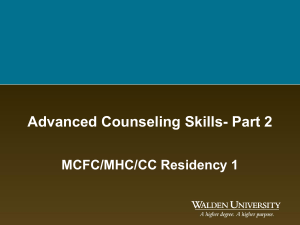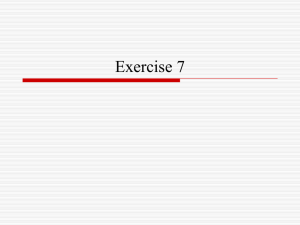KEY Practice with Parallel Structure
advertisement
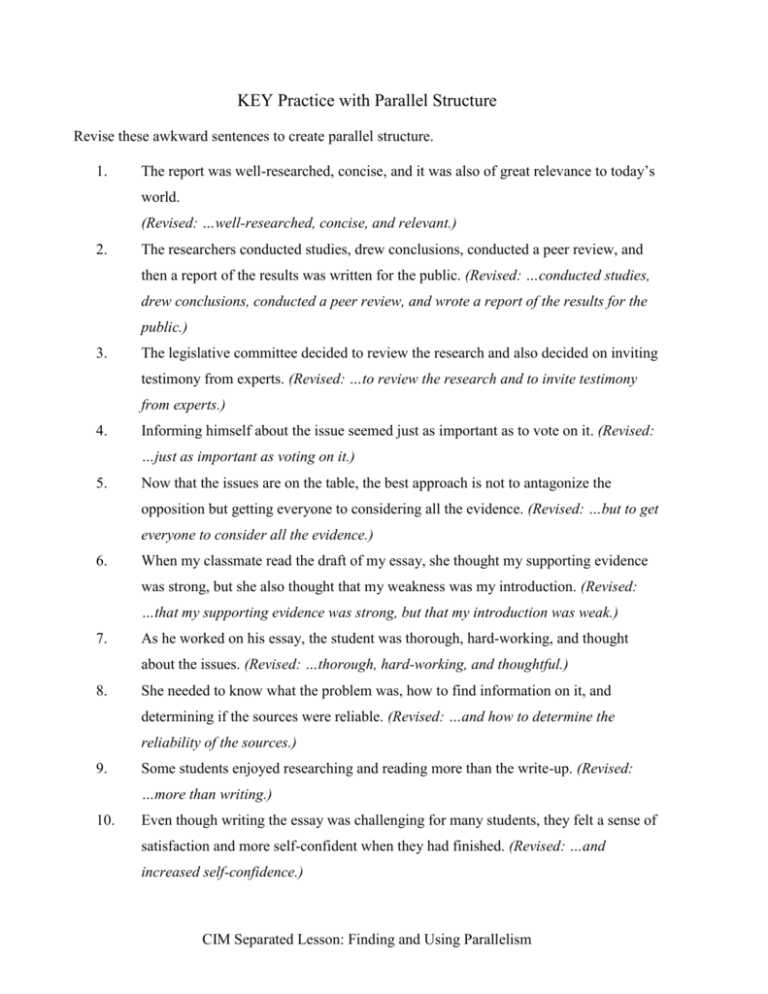
KEY Practice with Parallel Structure Revise these awkward sentences to create parallel structure. 1. The report was well-researched, concise, and it was also of great relevance to today’s world. (Revised: …well-researched, concise, and relevant.) 2. The researchers conducted studies, drew conclusions, conducted a peer review, and then a report of the results was written for the public. (Revised: …conducted studies, drew conclusions, conducted a peer review, and wrote a report of the results for the public.) 3. The legislative committee decided to review the research and also decided on inviting testimony from experts. (Revised: …to review the research and to invite testimony from experts.) 4. Informing himself about the issue seemed just as important as to vote on it. (Revised: …just as important as voting on it.) 5. Now that the issues are on the table, the best approach is not to antagonize the opposition but getting everyone to considering all the evidence. (Revised: …but to get everyone to consider all the evidence.) 6. When my classmate read the draft of my essay, she thought my supporting evidence was strong, but she also thought that my weakness was my introduction. (Revised: …that my supporting evidence was strong, but that my introduction was weak.) 7. As he worked on his essay, the student was thorough, hard-working, and thought about the issues. (Revised: …thorough, hard-working, and thoughtful.) 8. She needed to know what the problem was, how to find information on it, and determining if the sources were reliable. (Revised: …and how to determine the reliability of the sources.) 9. Some students enjoyed researching and reading more than the write-up. (Revised: …more than writing.) 10. Even though writing the essay was challenging for many students, they felt a sense of satisfaction and more self-confident when they had finished. (Revised: …and increased self-confidence.) CIM Separated Lesson: Finding and Using Parallelism

